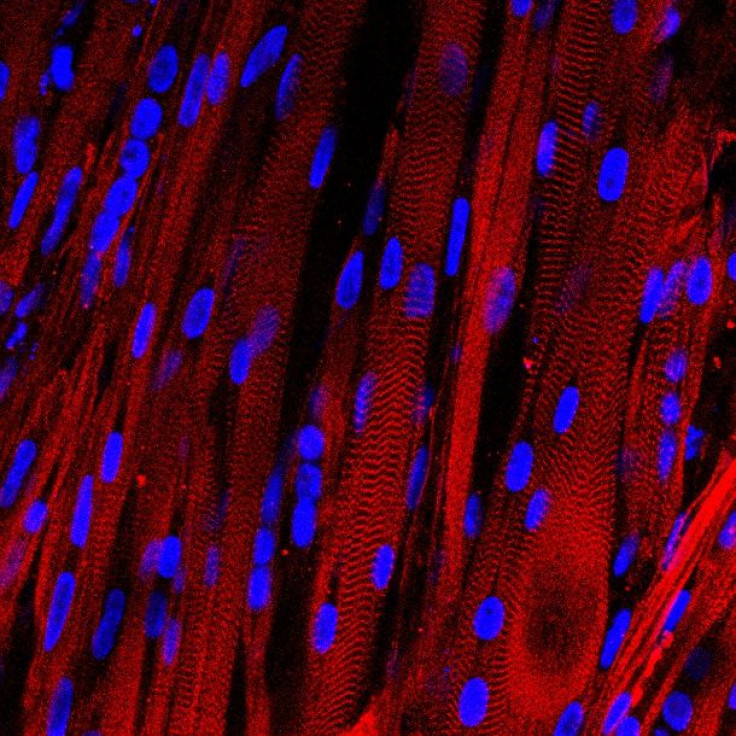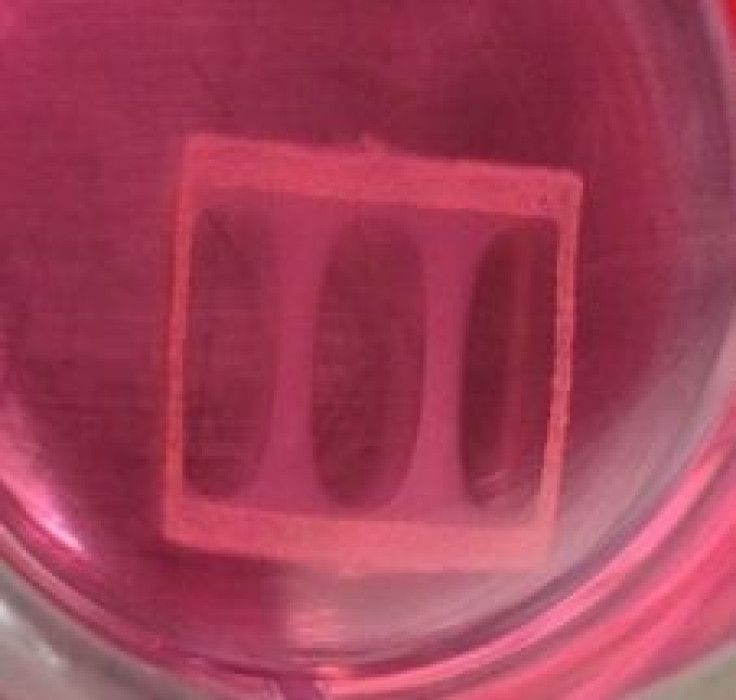Muscular Dystrophy Sees Win With First Lab-Grown Muscle; More Personalized Treatment Upcoming

Researchers at Duke University reported this week that they have succeeded in creating the world’s first contracting lab-grown muscle — a finding which will allow doctors to more accurately examine and test medicine for those with muscular diseases such as muscular dystrophy, without compromising the health of patients.
Study leaders Drs. Nenad Bursac and Lauran Madden revealed the completion of the muscle in their study, which outlines how the researchers took a handful of human cells to create the medical marvel.
“We have a lot of experience making bioartifical muscles from animal cells in the laboratory, and it still took us a year of adjusting variables like cell and gel density and optimizing the culture matrix and media to make this work with human muscle cells,” Madden said in a press release.
The human cells used to grow the muscle were described as having progressed past stem cells but were not yet muscle tissue. The scientists were able to grow the muscle with the help of some advanced bio-engineering and a 3D scaffolding tool filled with a nourishing gel.
The lab-grown tissue, like native tissue, is able to contract in response to electrical stimuli, contains functional signaling pathways for the nerves, and also responds to drugs the same way muscle tissue inside a human body would.

What This Means For Patients
For patients with muscular disorders, muscular biopsies are often needed to observe how patients will respond to certain treatments.
“There are some diseases, like Duchenne Muscular Dystrophy, for example, that make taking muscle biopsies difficult,” Bursac said.
The researchers hope that their finding will allow doctors to take a single sample from patients and use that to grow an infinite stock of muscle tissue. Eventually, this may mean that patients with these types of diseases would be provided with medicine and treatment personally designed to work for their specific muscles, with Bursac concluding that the ultimate “is to use this method to provide personalized medicine to patients,” Bursac is reportedly already working on testing the effectiveness of certain medication on the lab-grown muscles.
“We can take a biopsy from each patient, grow many new muscles to use as test samples, and experiment to see which drugs would work best for each person,” he said.
With this amazing feat, the next step is to find a way to create the muscle from stem cells rather than biopsied cells.
“If we could grow working, testable muscles from induced pluripotent stem cells, we could take one skin or blood sample and never have to bother the patient again,” Bursac said.
Source: Madden L, Juhas M, Kraus WE, Truskey GA, Bursac N. "Bioengineered human myobundles mimic clinical responses of skeletal muscle to drugs. eLife. 2015.



























